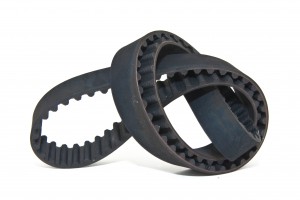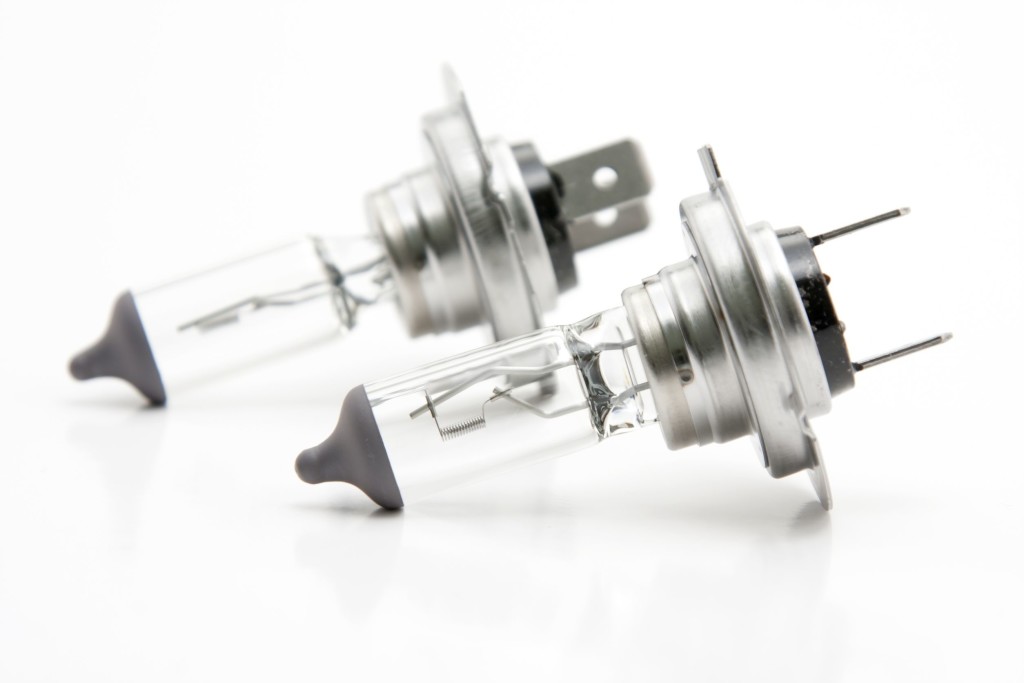How Often Should I Check my Tire Pressure?
 Everyone knows how to determine if their car is running low on gas, but how can you tell if your tires are running low on air? Tire pressure is often overlooked, but proper inflation is key to extending the life of your vehicle and your tires. In fact, not only will properly inflated tires extend the life of your tire tread, but it will also save you money on gas and keep your family safer on the road. Below, we discuss the in’s and out’s of proper tire pressure.
Everyone knows how to determine if their car is running low on gas, but how can you tell if your tires are running low on air? Tire pressure is often overlooked, but proper inflation is key to extending the life of your vehicle and your tires. In fact, not only will properly inflated tires extend the life of your tire tread, but it will also save you money on gas and keep your family safer on the road. Below, we discuss the in’s and out’s of proper tire pressure.
Why should I care about my tire pressure?
Some people believe as long as their tires pass the eye test, they are properly inflated (i.e. My tires don’t look flat, so they must be good to drive on). While it’s always a good idea to visually inspect your tires before you get behind the wheel, you could be compromising your safety and hard-earned money if your tires are over or underinflated.
- Overinflated tires are problematic because it decreases the amount of tread that can touch the ground. This means you’ll have less stability and traction. Over-inflation can also make a tire more susceptible to blowout.
- Underinflated tires will wear out faster than their properly inflated counterparts. Because your wheels are compensating for the added stress of low tire pressure, they will begin to overheat. Hot tires lose their tread much quicker than tires that are operating at the optimal temperature.
- Properly inflated tires will save you money at the gas pump. According to the U.S. Department of Energy, you can improve your gas mileage by over 3% by keeping your tires at the proper pressure level. That’s roughly 12 cents a gallon. Assuming the average consumer fills up their 15-gallon tank once a week, properly inflated tires will save you $93.60 a year.
When should I check my tire pressure?
Regular tire pressure checks are the best way to ensure your tires are running at the optimal pressure level. Give your tires a visual check every time you approach your vehicle, and get in the habit of preforming another check when you’re at the pump. You can find a handheld pressure gauge at your local hardware store, and keeping the gauge in your vehicle makes checking your tires a breeze. If you check your pressure while you’re getting gas, you can usually always find a pressure pump close by if you’re running low. If you don’t want to check your tires that often, a good rule of thumb to follow is to check your tire pressure once a month.
-
What is my Timing Belt & When Should I Replace it?
 Aug 7, 2013
Aug 7, 2013Everyone knows the simple fixes to keep your car in top shape, like getting routine oil changes, regularly changing your filters and fluids, and maintaining your tires, but some of the most important maintenance habits are the least well known. One such service is making sure you take care of your timing belt. What is […]
-
4 Tips for Protecting Your Car’s Windshield
 Apr 15, 2015
Apr 15, 2015In a perfect world that 18-wheeler wouldn’t have sprayed up that rock and cracked your windshield, but sometimes windshield damage is unavoidable. Fluke cracks aside, there are some steps you can take help extend the life of your windshield and protect it against damaging chips and cracks. Below, we explain four tips for protecting your […]
-
How To Change Your Car’s Headlight
 Apr 8, 2015
Apr 8, 2015If you’re like most Americans, you’ve had to deal with a a burnt out headlight on your vehicle at one point or another. Unlike some other car issues, changing a dead bulb is a relatively quick and easy fix. Below, we walk you through the general steps to replace your car’s headlight. Step 1 – […]




